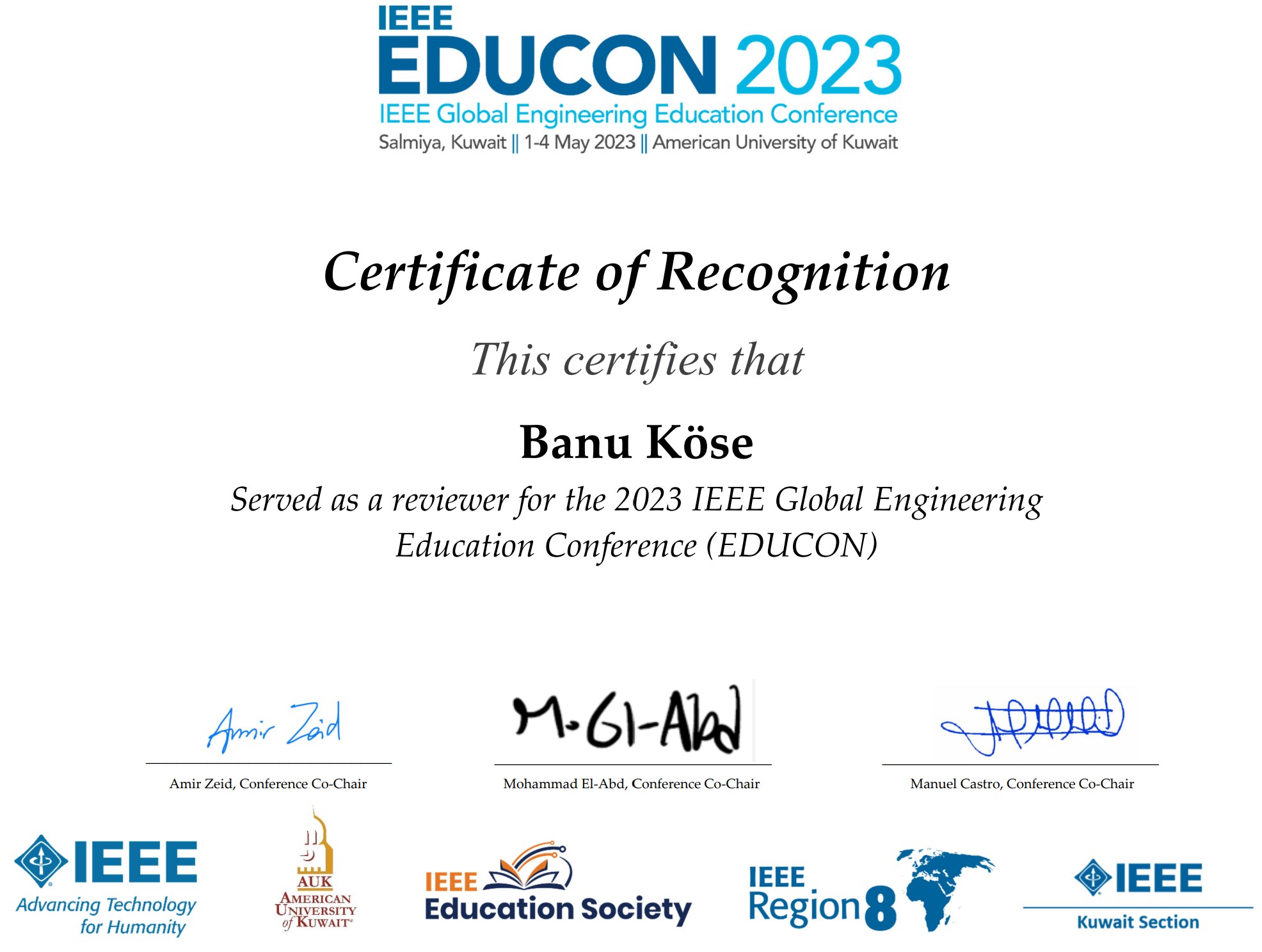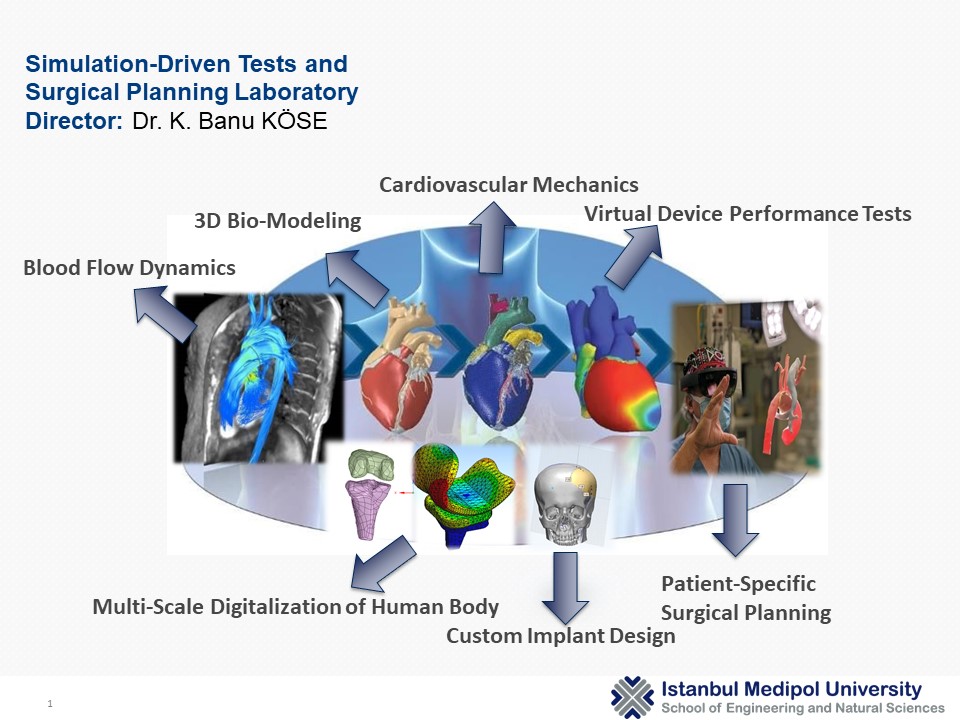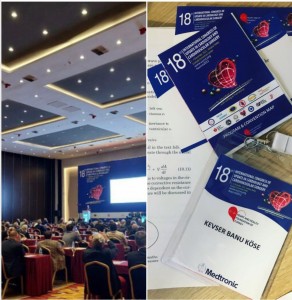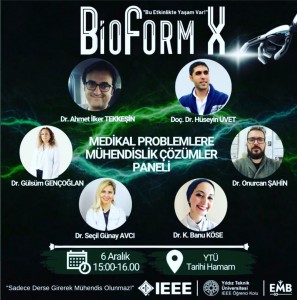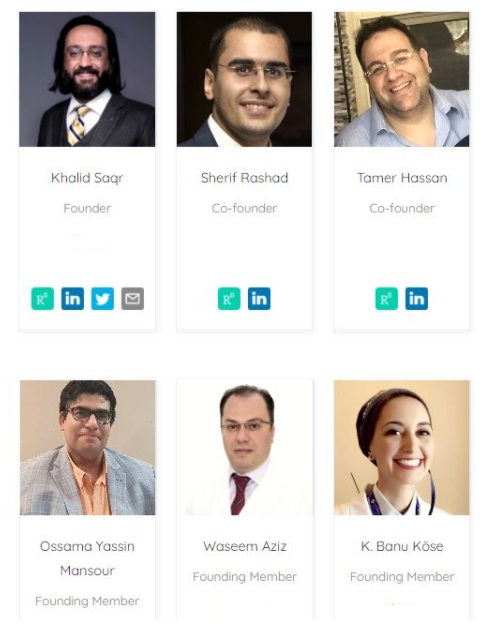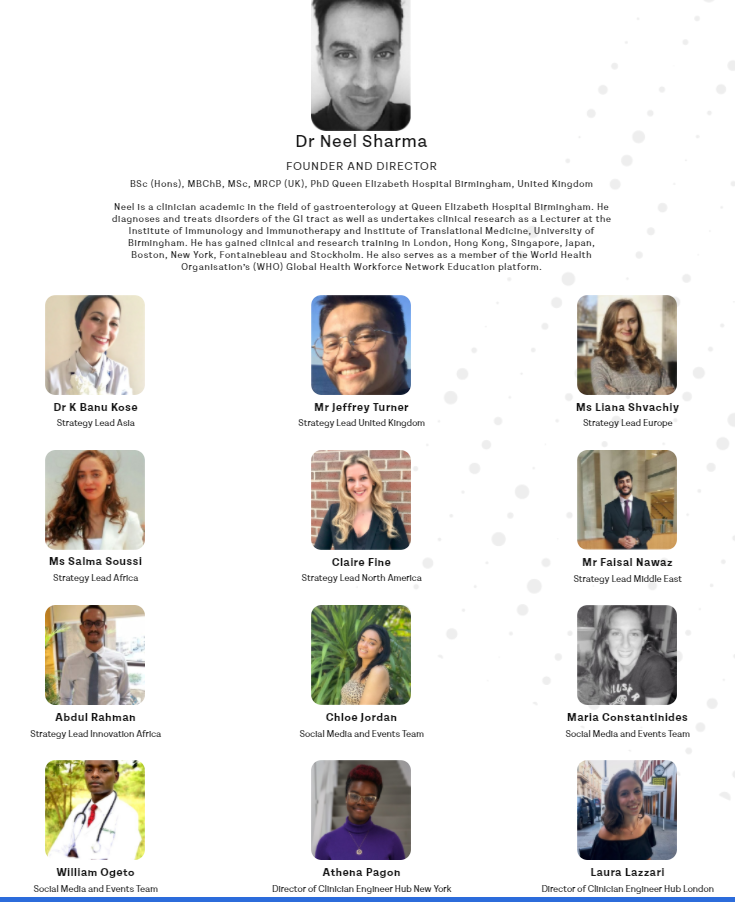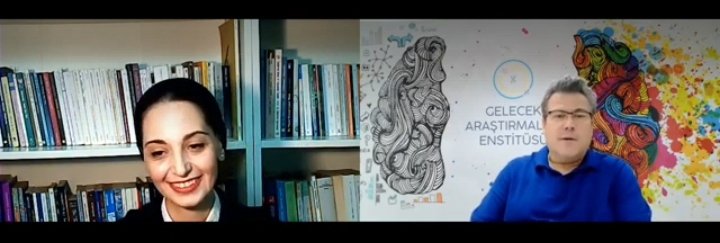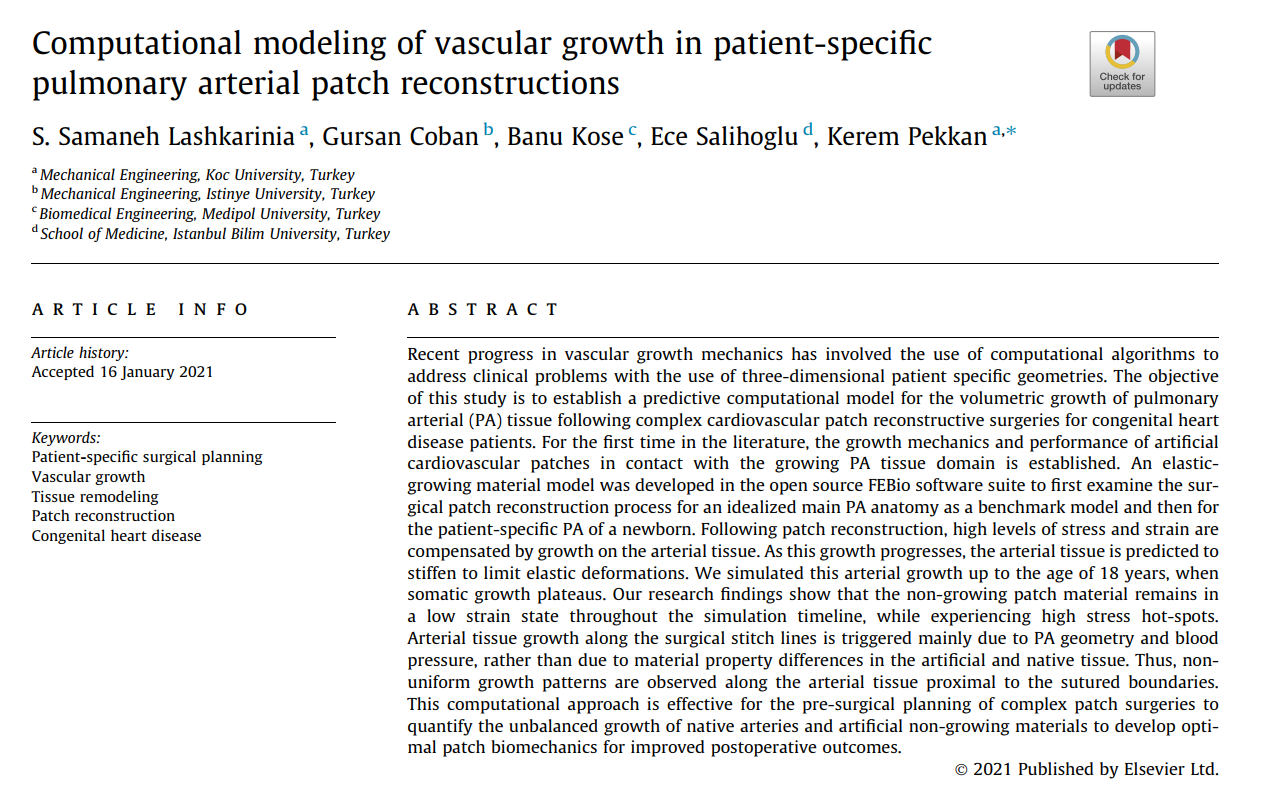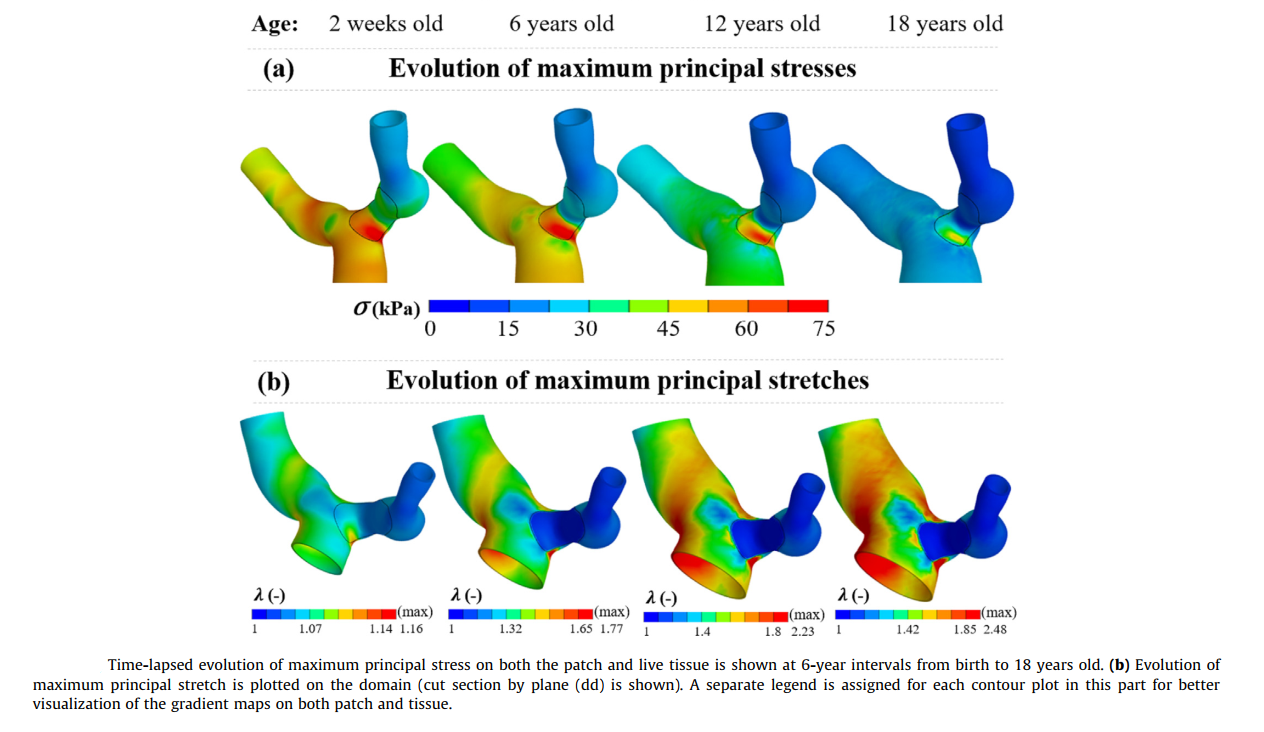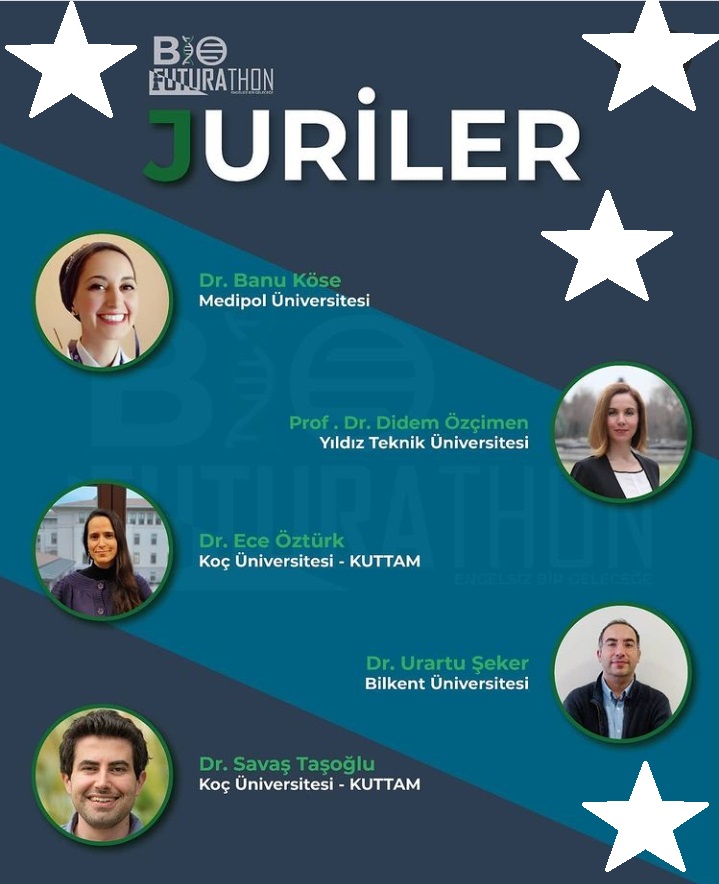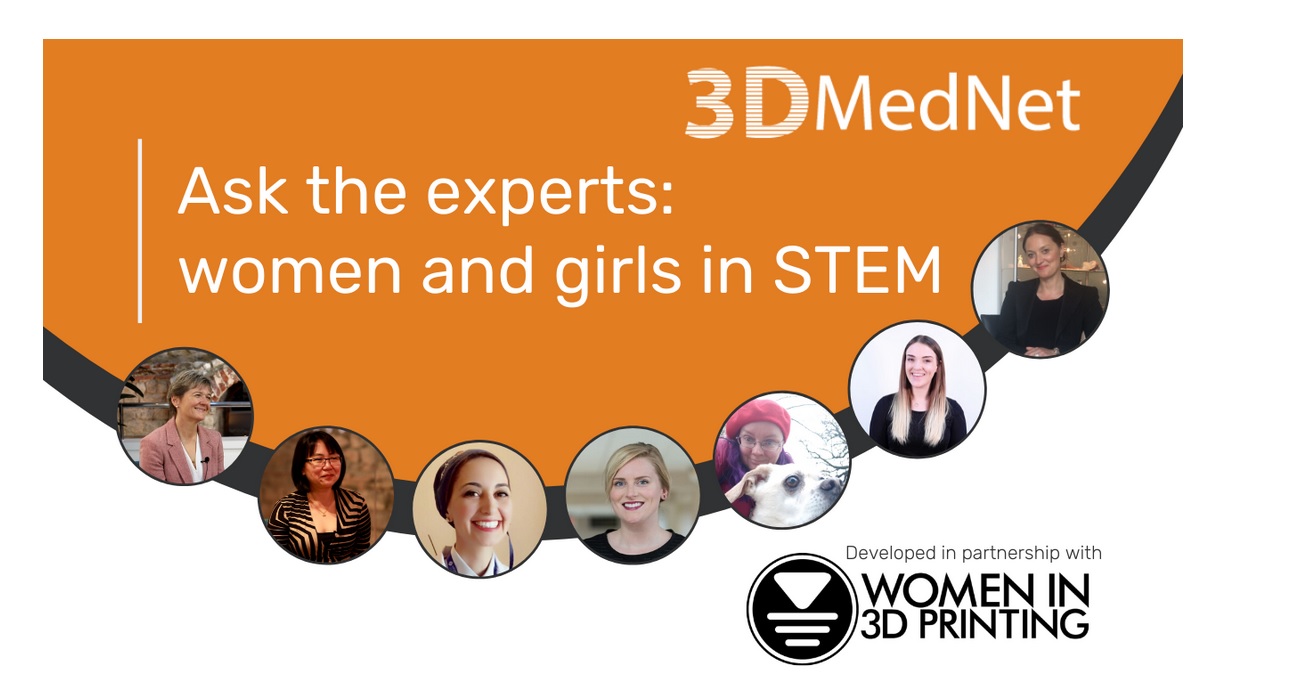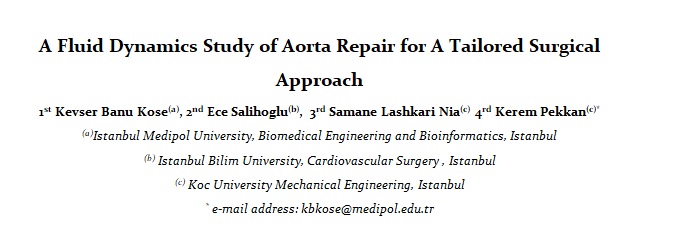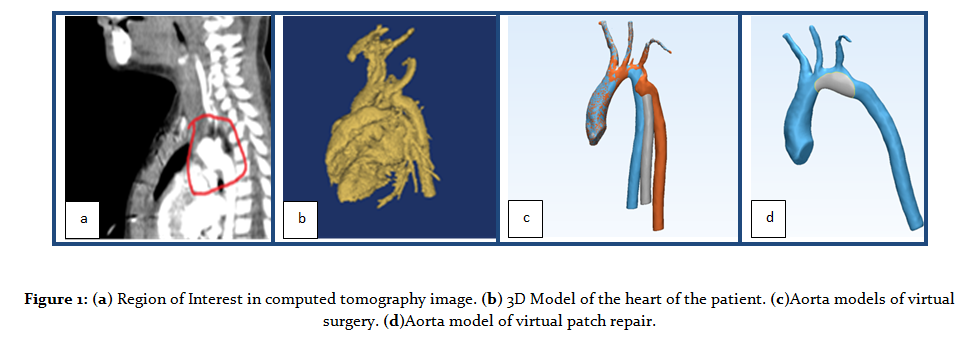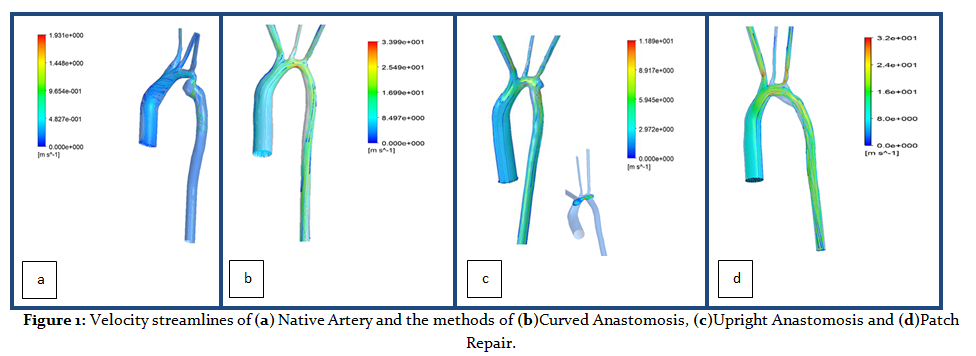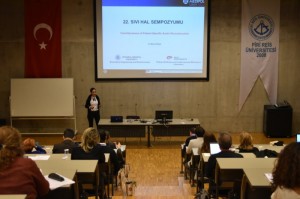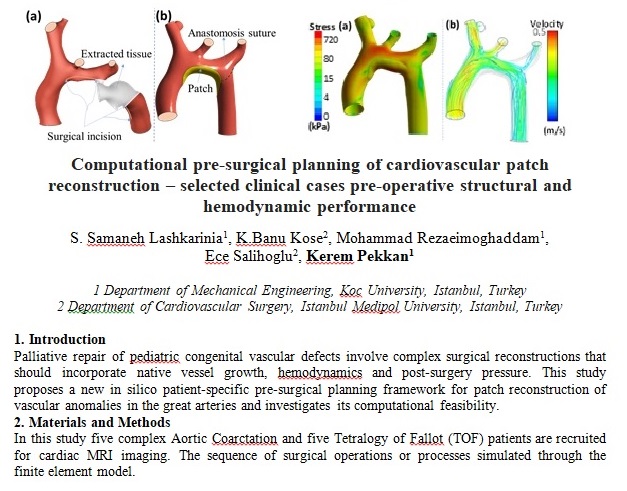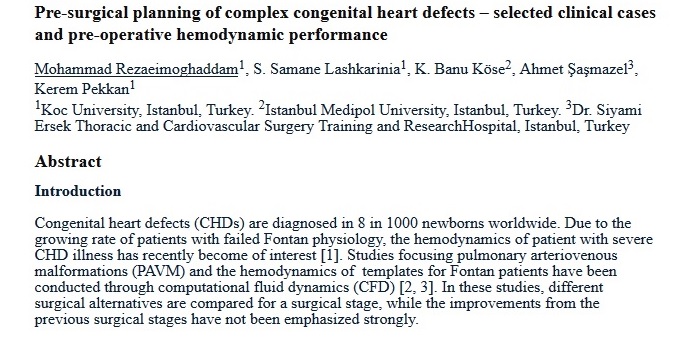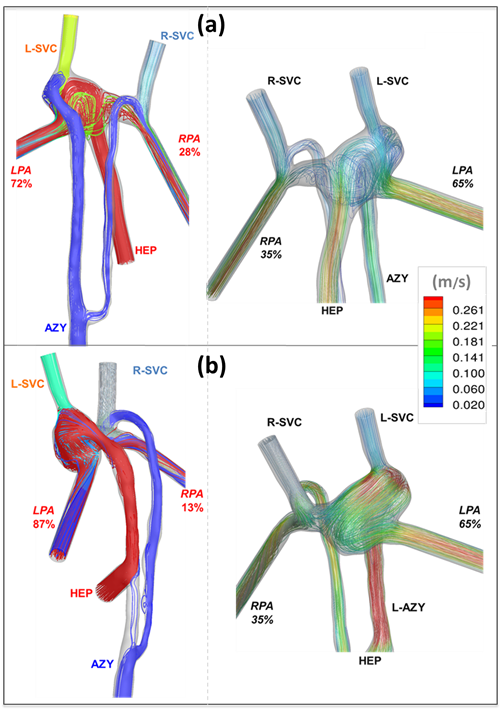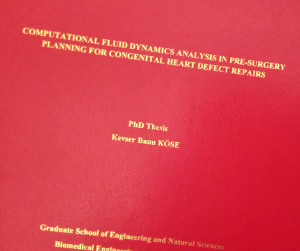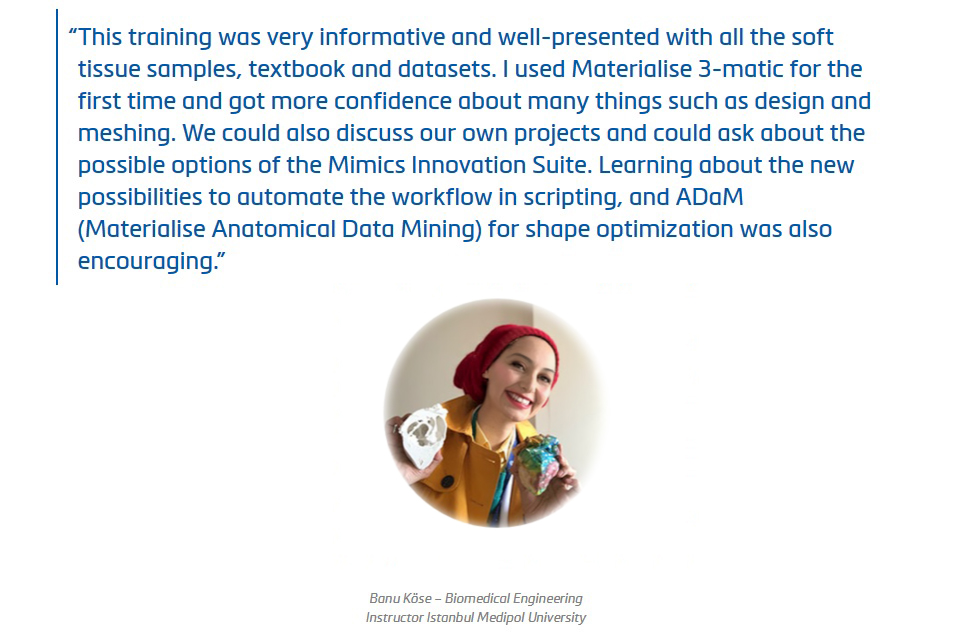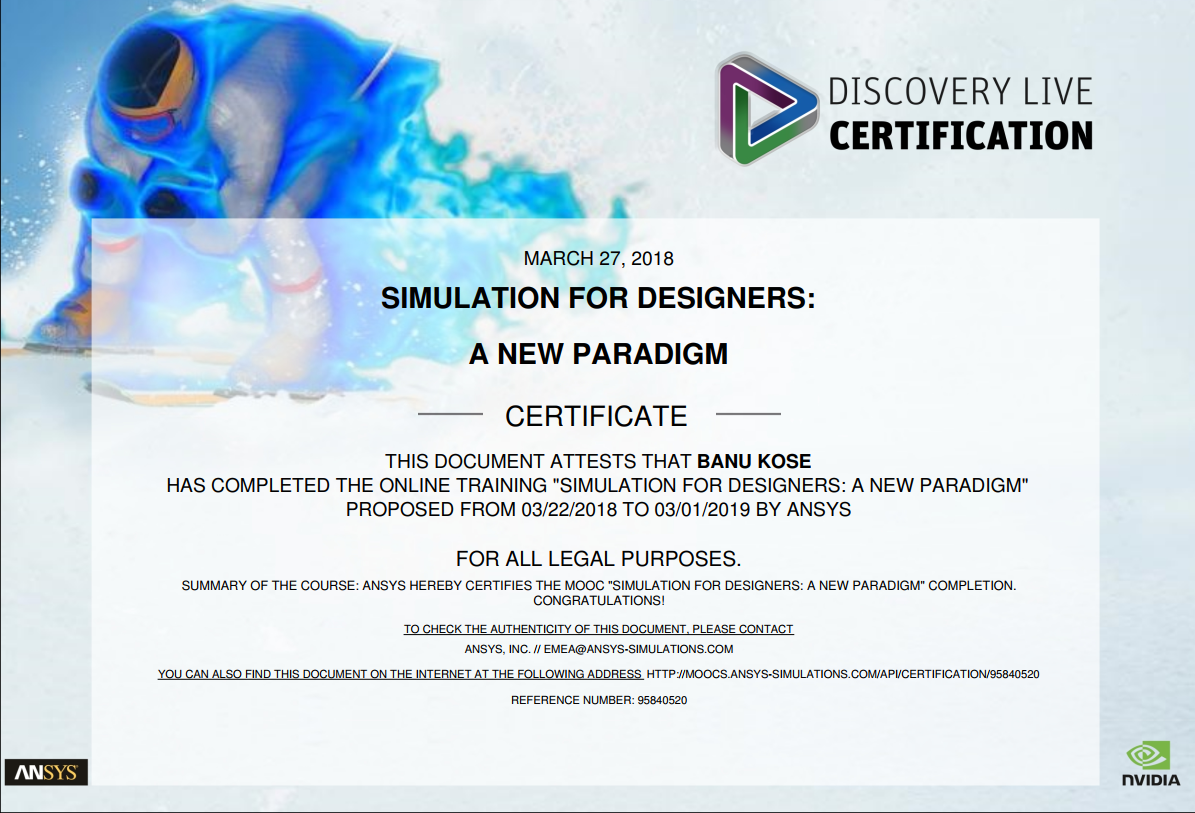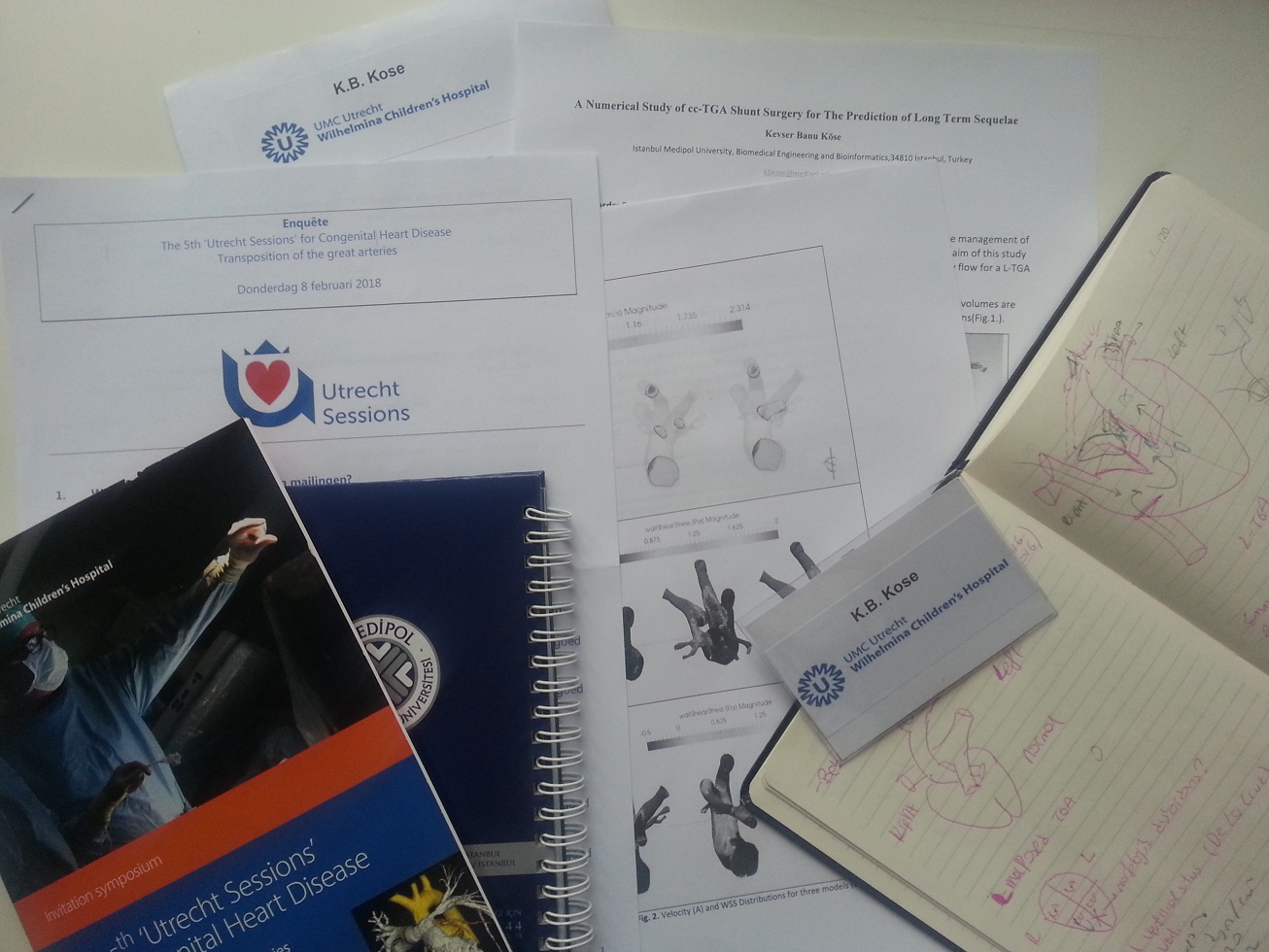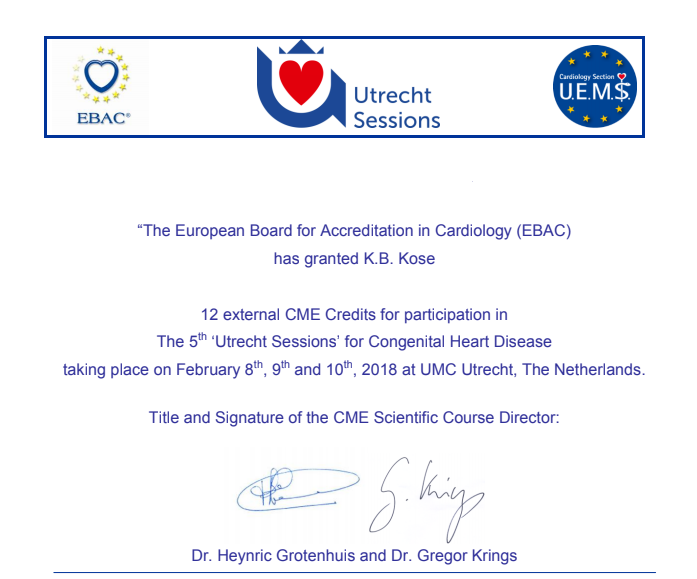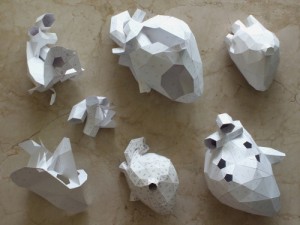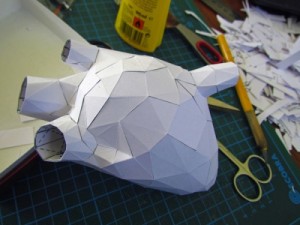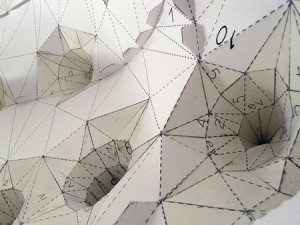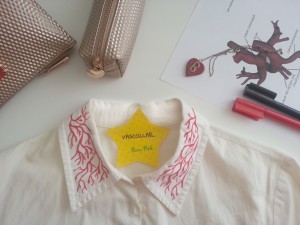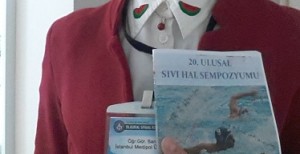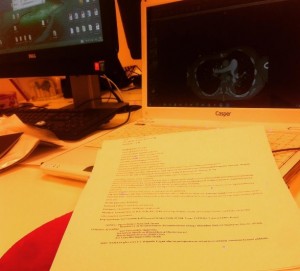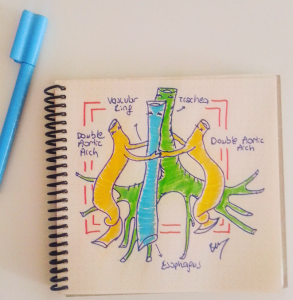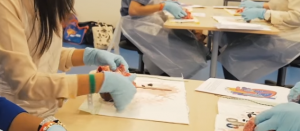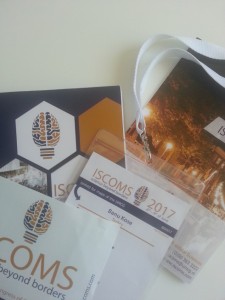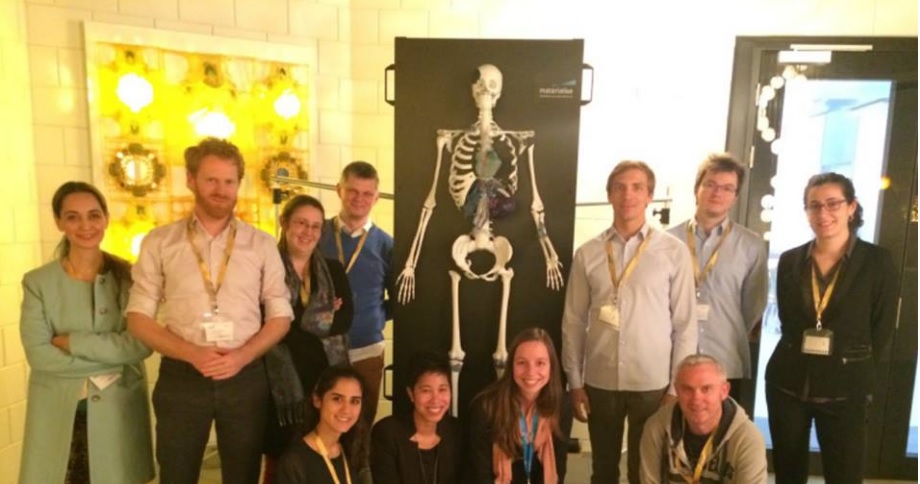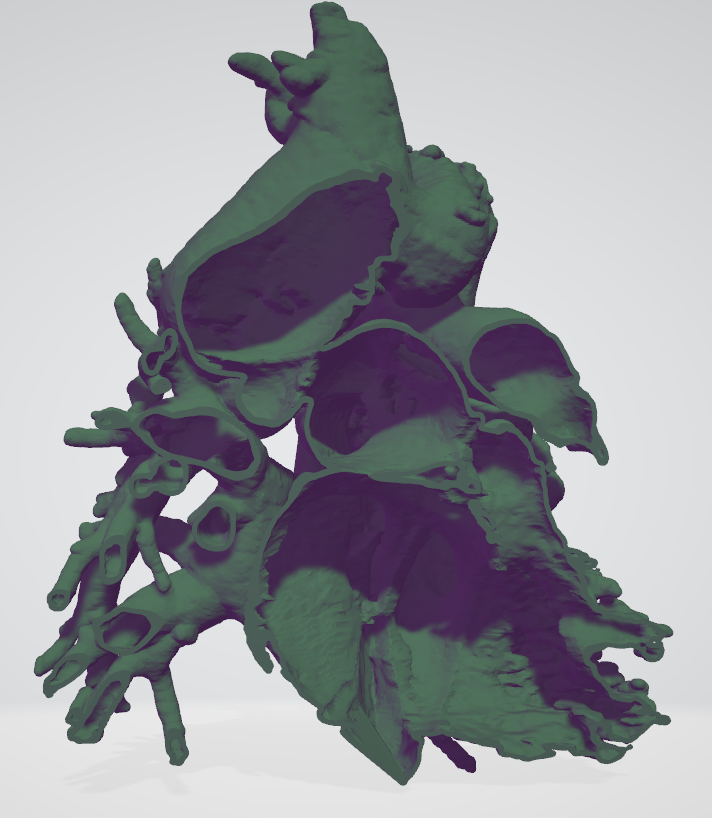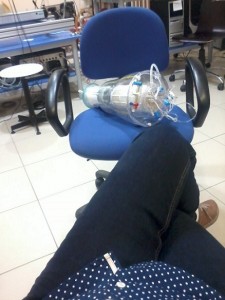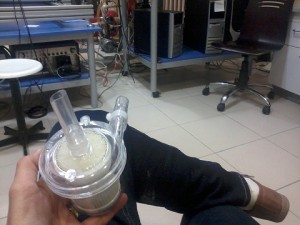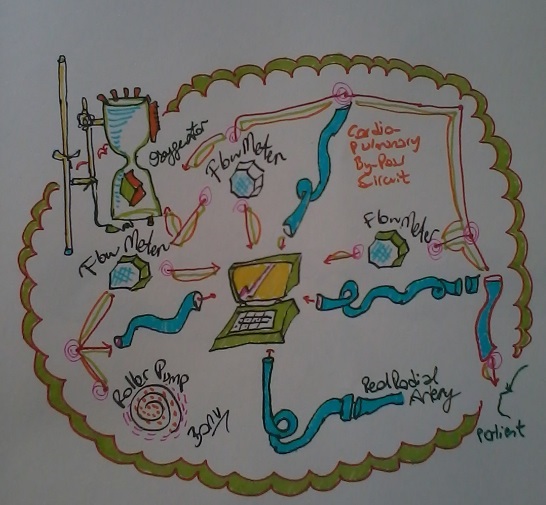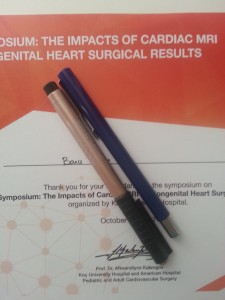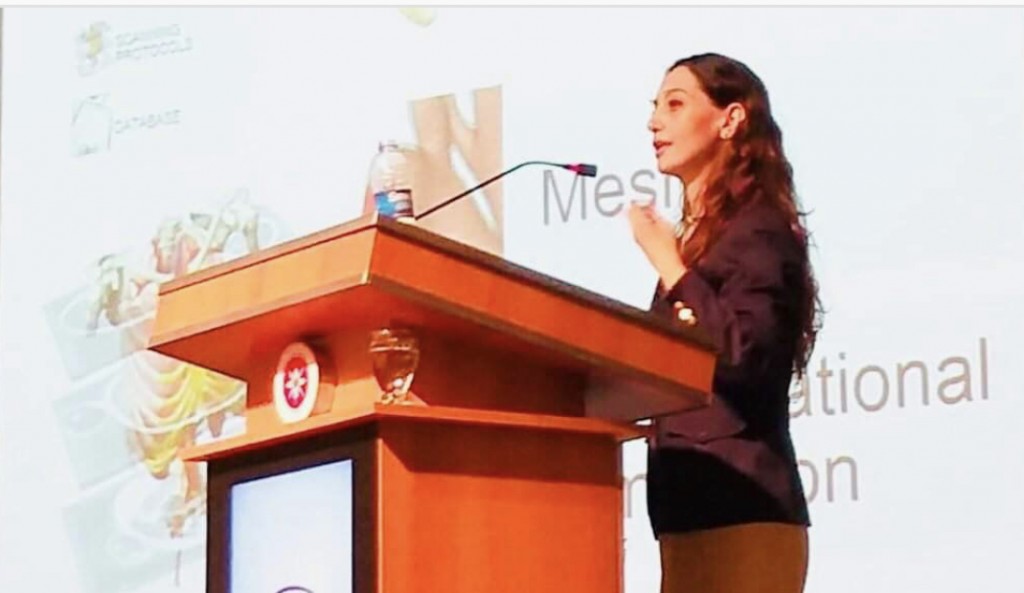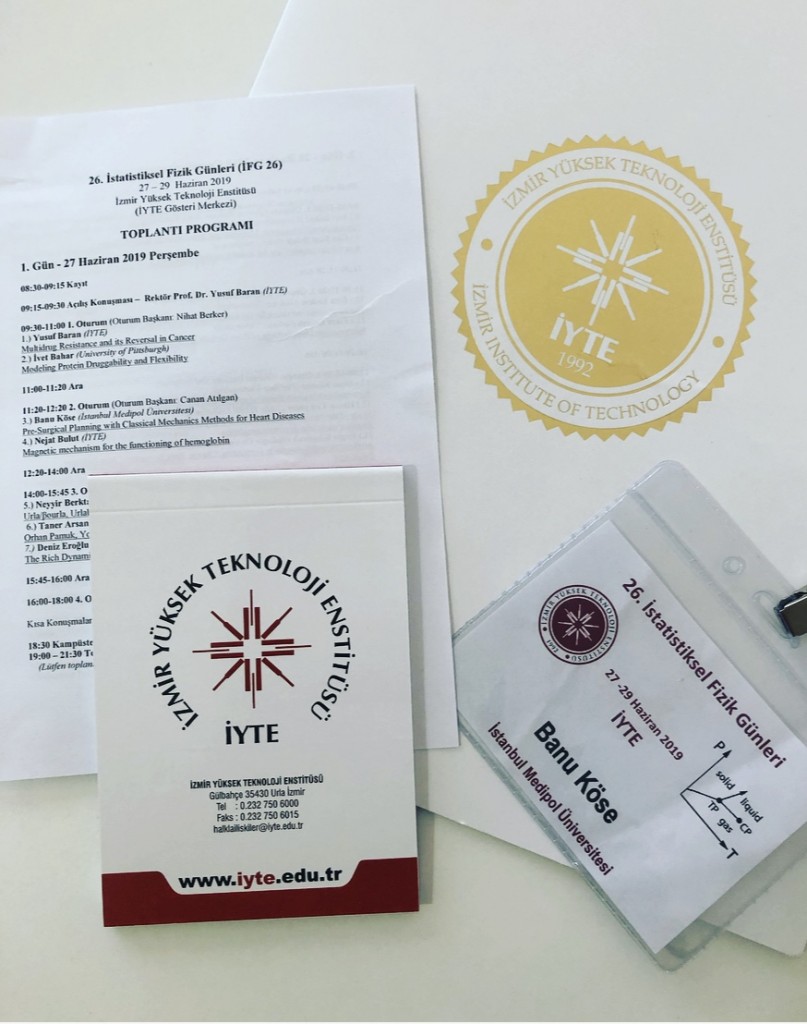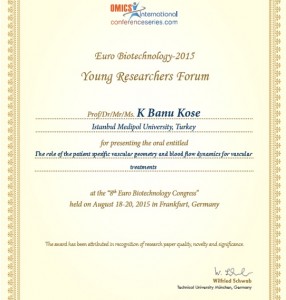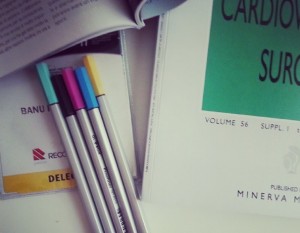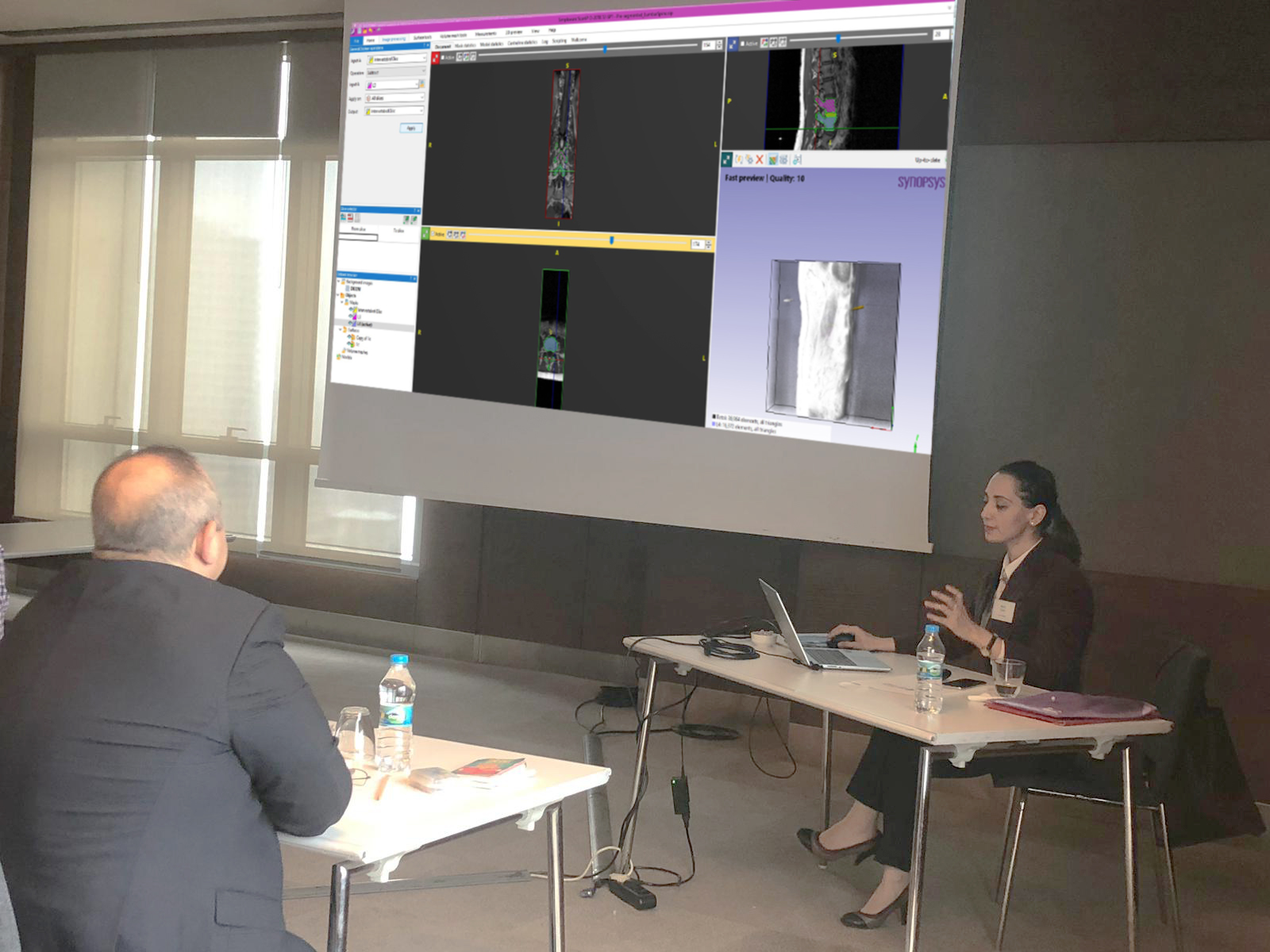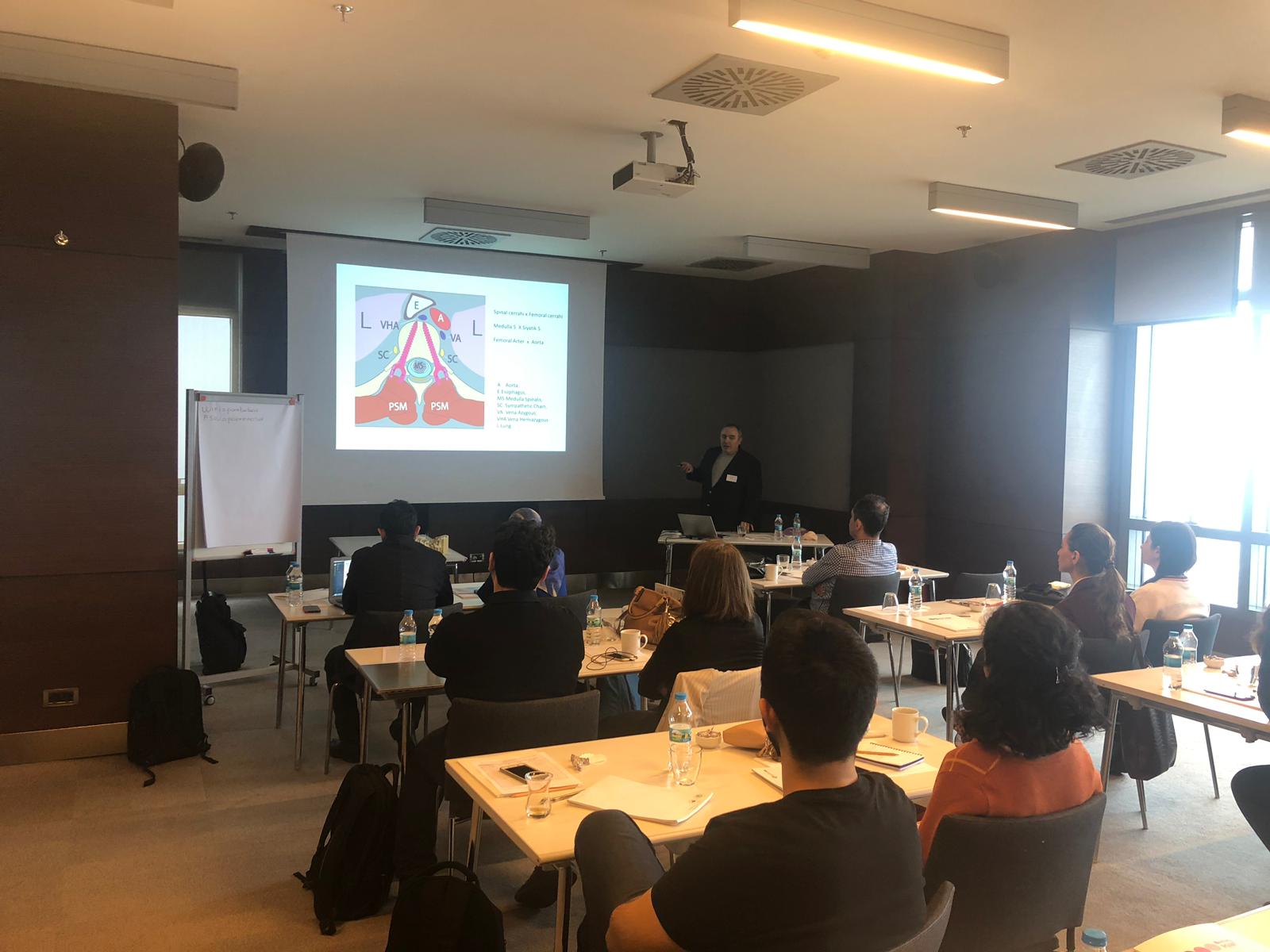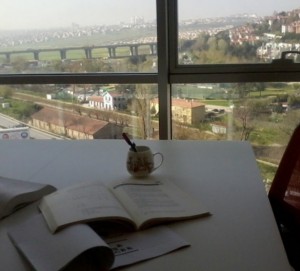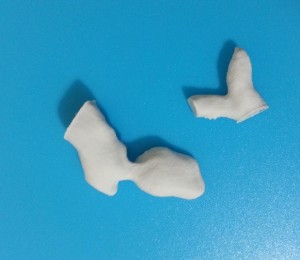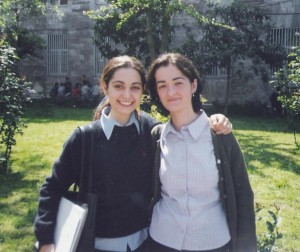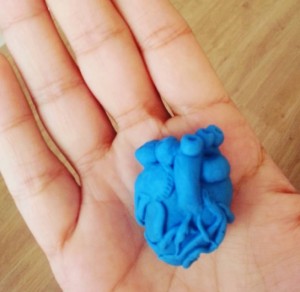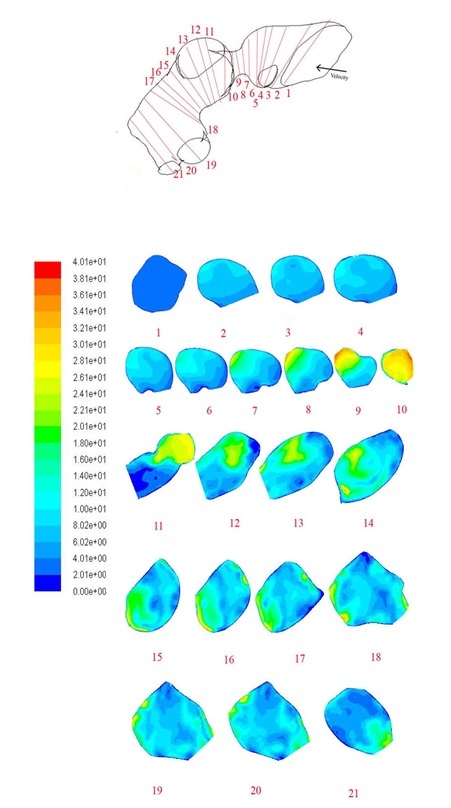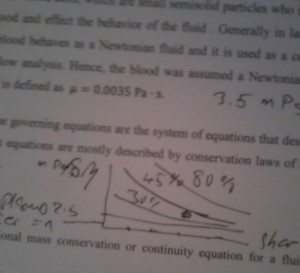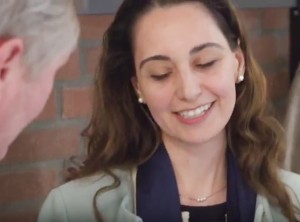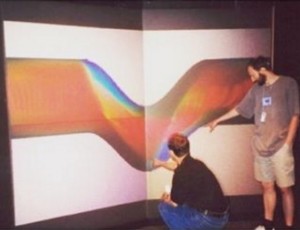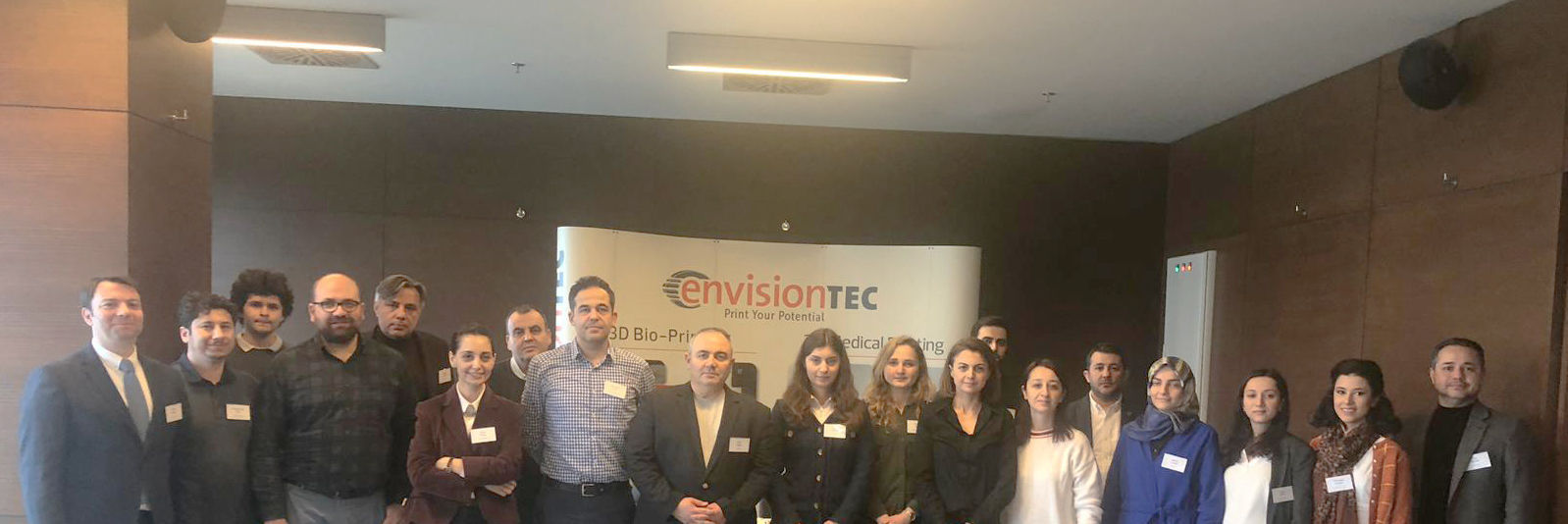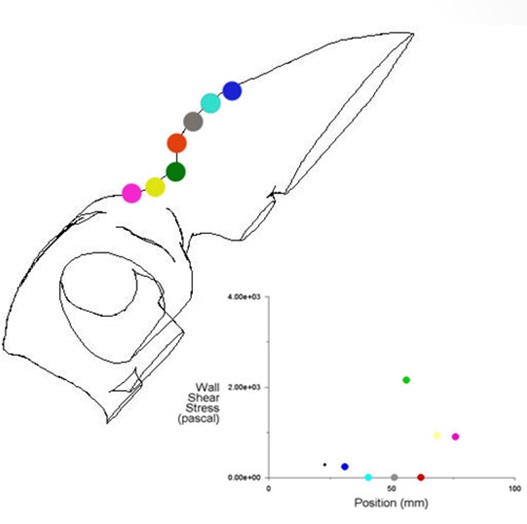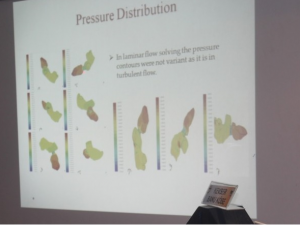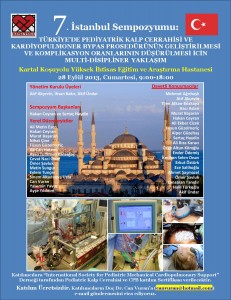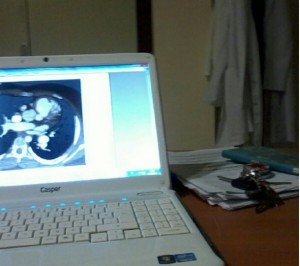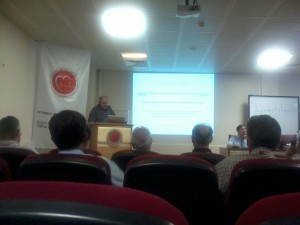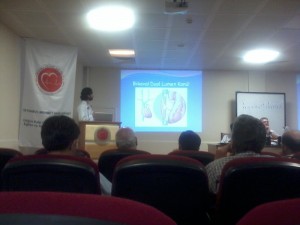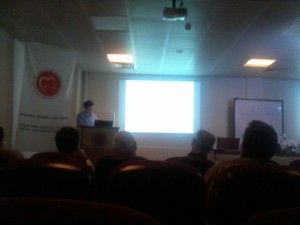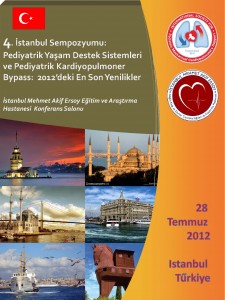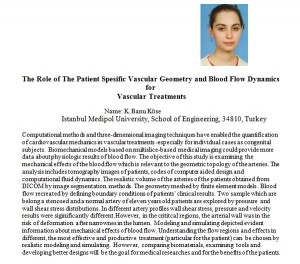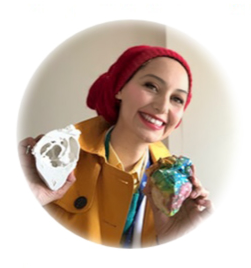Category: Kevser Banu Köse
UCCVS 2022 Focus Valve Scholarship
I am very proud to have participated in 18th International Congress of Update Cardiology & Cardiovascular #Surgery with two research presentations, and ✨ to be awarded with FocusValve Scholarship ✨
Best regards to #UCCVS committee members and our esteemed Prof. Öztekin Oto.
Engineering Solutions to Medical Problems
We met at the ‘Engineering Solutions to Medical Problems’ panel at Yıldız Technical University. Many thanks to ~Yıldız Technical University IEEE Engineering in Medicine and Biology Society~ for this well-planned organization.
EVBio
A team I am honored to be involved in EVBio!
EVBio is a digital think tank formed by scientists from all disciplines related to vascular medicine, from molecular biology to scientific computing. Our mission is to imagine the future through disruptive basic and translational research. Our team works tirelessly to formulate one universal coherent theory for vascular disease and support all global efforts towards its conception and validation.
Our membership will increase soon!
Clinical Engineer Hub
Our mission is to create a future generation of clinician engineers.
I am very happy to be in this team and to do great work with these amazing people.
The Clinician Engineer Hub was launched in 2019 in collaboration between clinicians and engineers at the Queen Elizabeth Hospital Birmingham, Imperial College London, and King’s College London.
This international hub brings together the clinical and biomedical engineering fields and provides talented medical students and clinicians exposure to the world of biomedical engineering, the challenges doctors face in diagnosing and treating patients, and how to potentially solve these issues with cutting-edge engineering solutions.
Cardiovascular Engineering in Istanbul
We talked about cardiovascular engineering and its future. I was honored to be a guest in Future Research Institute. Many thnaks to Coskun Dolanbay.
Bio Futurathon
We discussed how we can reach a ‘life without barriers’ in the future and evaluated the projects that the contestant groups developed during the event day within the context of hackathon. Congratulations to the winning teams.
For more details : BioFuturathon and Future Research Institute
Women in STEM
To commemorate International Women’s Day (8 March 2020), 3DMedNet has put together our first ‘Ask the experts’ feature in partnership with the global organization, Women in 3D Printing. Thanks to Georgi for inviting me to the conversation. Check the link for the full interview.
Women in 3D Printing
I was the guest of Women in 3D Printing this week.
The full-page is on this page: https://womenin3dprinting.com/banu-kose/
Thanks to Nora Toure for all the great work she has done and for bringing us together.
Liquid State Physics in Turkey
22. Liquid State Symposium (22. Sıvı Hal Senpozyumu) took place on 7th December 2018 in Piri Reis University.
It was very proud to be together with the physicist academics I knew and admired since my undergraduate years.
I find myself lucky to see the Prof. Zehra Akdeniz that I have always admired and exemplified. I could finally meet Prof. Nihat Berker who is not only a famous physicist but also an intellectual on comparative literature readings.
Thanks to Dr. Ozan Sarıyer and Dr. Gulsen Evingur for organizing this meeting.
Prof Pekkan presented biological flow researches of his lab, and I presented a sample case of a pediatric aortic blood flow comparison study which is done with the great help of Dr. Ece Salihoglu.
Optimizing your workflow in the Mimics Innovation Suite
The Mimics Innovation Suite (MIS) allows you to automate your workflows, potentially saving a lot of time, achieving more consistency, and reducing repetitive work and human error. That is an easy thing to say, but if you do not have much experience with scripting, we all know that it can be tough to get started. If you want to speed up your learning curve and get a head start, then this could be an interesting training for you.
Topics will include:
Basics of Optimizing your Workflow in Mimics 21 and 3-matic 13
How to write your first scripts
Introduction to Python
Hands-on training exercises for creating planning workflows (e.g. loading datasets, performing basic segmentation steps, landmarking, creating anatomical coordinate systems, designing custom implants)
The 5th ‘The Utrecht Sessions’ for Congenital Heart Disease
The Utrecht Sessions for Congenital Heart Disease was held at the University Medical Center Utrecht on 8-10 February. It was one of the best organized meetings I’ve ever attended.
I had the chance to listen to the work of the most successful pediatric cardiologists and surgeons in the field and to learn a lot about TGA.
I would like to thank Heynric Grotenhuis for the courtesy and help in the pre-seminar correspondence. And I would like to thank Gregor Krings for his support to share my work and to inspirational favour to interdisciplinary research.
I am delighted to have the chance to meet Gregor Krings, Heynric Grotenhuis, Tjark Ebels, Mario Carminati, Tara Bharucha , Petru Liuba, Virpe Puska and Ghadeera Almansoori.
Vivitro Pulse Duplicator Training in Protomed Labs
It was really a great experience at Protomed Labs in Aix-Marseille University. I really enjoyed learning about hydrodynamic testing requirements, Vivitro Pulse Duplicator, its calibration, flow testing, heart valve testing, and at the same time practicing.
Thanks to Prof. Kerem Pekkan for suggesting this training for Ece Tutsak and me.
I would like to express my sincere thanks and gratitude to Karim Mouneimne and Vincent Garitey for all the kind care they took, regarding the training, sharing their expertise to us, the detail notes, all the answers whenever required etc. in Protomed Labs.
I hopefully will be able to implement it further into my field. This got me inspired and ready to go!
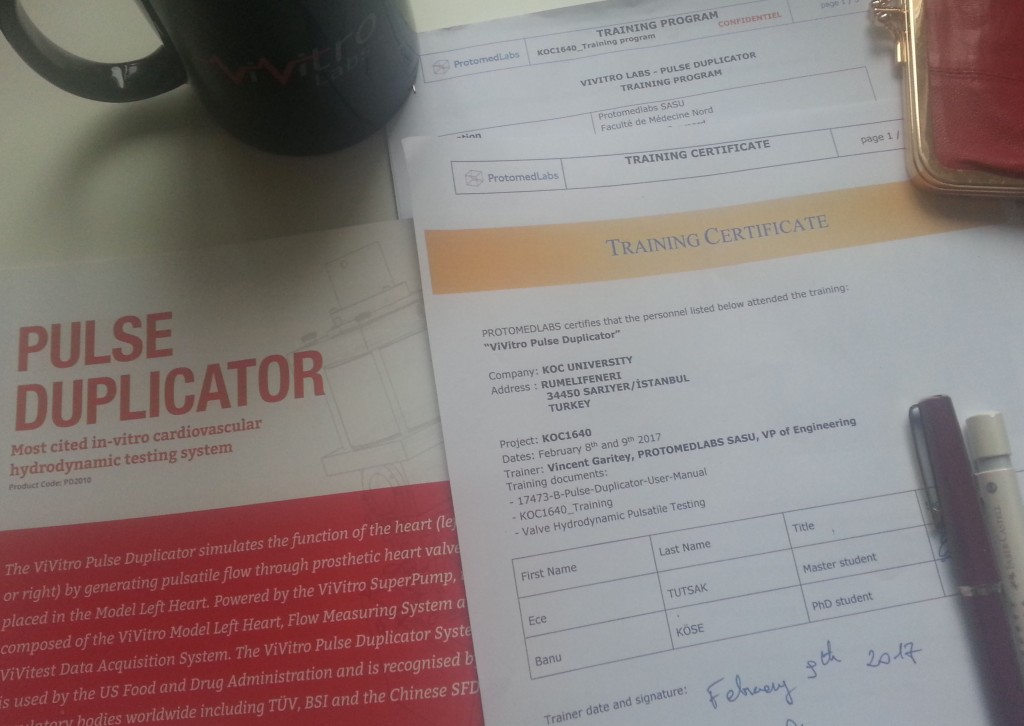 For More
For More
VasCollar (Vascular Collar)
I’ve just drown vessels to my collar. It looks better now.
For More Drawords Stuff, Click Here.
20. National Liquid State Physics Symposium 16 December 2016
20. National Symposium on Liquid State Physics was held in Piri Reis University.
The symposium was obtaining various studies about liquids as water and climate change, simulating strait systems, oceans, spin glass phases, liquid crystals, serum transferring, swollen gells, GO composites, metals with glass-like structure, super hidrophobic polistren and, biofluids {yes, this was mine ![]() }.
}.
It was an incontrovertible experience for me that i could meet new studies in the field and spend nameable times with physics authors.
Many thanks to organizing comitee (especially to Gülşen Evingür) and Sevtap Yıldız Özbek.
The website of the symposium is here.
Development of Patient-specific Vascular Patches for Pediatric Cardiovascular Surgeries Using Computer-aided Design Techniques
A scene from project meeting in Koc University Hospital.
3D Printed Aorta
A pediatric aorta model reconstructed from the 3D CT images. 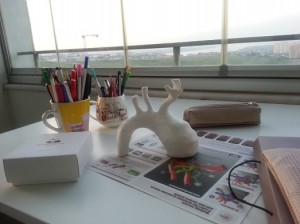
ISCOMS 2016
Workshop – Anatomy of Thef Heart with Michiel E. Erasmus MD PhD – Faculty of Medical Sciences- Groningen University
Mimics Innovation Course 2017 – Belgium
3D Intracardiac Models for Surgical Planning
In multidisciplinary areas, it is very important to be able to meet with the team who can work in harmony.
For his work on 3D intracardiac models on surgical planning, Thanks to cardiovascular surgeon Dr. Okan Yildiz, we have been informed about and contributed to many pediatric cases and treatments since 2016.
The Impacts of Cardiac MRI on Congenital Surgical Results
On October 19 Koc University presented “The Impacts of Cardiac MRI on Congenital Heart Surgical Results,” a public symposium at Koc University Hospital Artlab Conference Hall that explored the benefits of cardiac MRI scans for depicting the congenital heart anatomy.
The symposium began with a presentation by Prof. Afksendiyos Kalangos. He was followed by renowned pediatric cardiovascular surgeons and cardiologists Prof. Atıf Akçevin, Prof. Alpay Çeliker, Prof. Aphrodite Tzifa, A. Professor Tijen Alkan- Bozkaya and the radiologists Dr. Serhat Aygün, A. Professor Özdil Başkan who presented their own experiences, demonstrating a vast range of approaches to defining the context.
Prof. Kerem Pekkan presented his studies with MRI imaging and cardiovascular mechanics in the cases of blood flow dynamics, biomaterial tests, patient-specific vascular materials and surgical planning for congenital heart diseases. His signified projects were one of the fascinating parts of the symposium for participants.
IFG26 – Statistical Physics Days
26th Statistical Physics Days were held in İzmir Institute of Technology.
During the program organization, Prof. Nejat Bulut’s dedication and careful attention to every detail was so amazing that it will be a very nice experience in my mind.
It was an honor to be among the successful physicist academicians and to listen to their work. It was also my chance that I had the opportunity to talk about my own practice and find the opportunity to discuss it with very precious professors.
Voksel 3D Surgical Planning with Simpleware -İstanbul
We depicted a live- surgical planning scenario with Prof. Erbil Oğuz and Kerem Girgin in Voksel 3D event. We used Simpleware for image processing, segmentation and designing.
Velocity Contours in Iso-Surfaces for The Re-Stenosed Pulmonary Artery
The entrance lenght parts of the inlet and outlet sections are only used for calculation process.
Starfish Medical – VivitroLabs – ProtomedLabs – Marseille – France
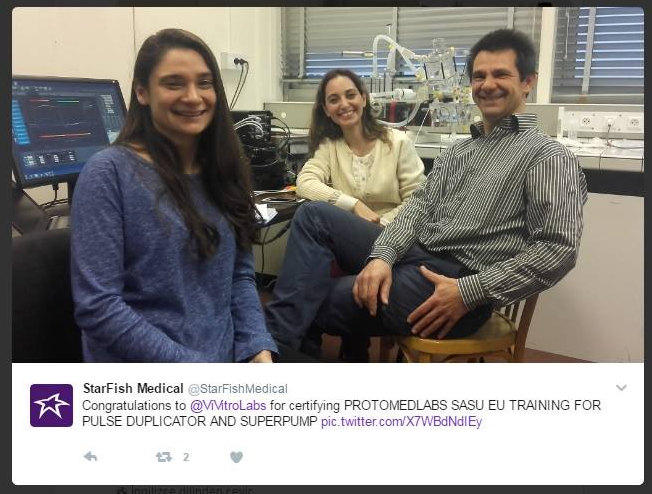
Ece Tutsak (Left) – Banu Köse(Middle) – Vincent Garitey(Right)
Wilhelmina Children’s Hospital / Utrecht Sessions – The Netherlands
3 daags kindercardiologie TGA symposium
VOKSEL 3D Event in Istanbul
‘Voksel’s Anatomical Modeling, Surgical Planning, 3D Printing with Engineer – Surgeon Collaboration Training‘ was held on 23rd February in Istanbul.
I had the chance to share my experiences in image processing and modeling with the participants. I would like to thank Kerem Girgin, Erbil Oğuz, Samet Serbest and Cansu Çeltik from Voksel. It was great to be a part of Voksel team, and meeting with the participants who were aware of the benefits of interdisciplinary collaborations and patient-specific planning very well.
Wall Shear Stress
Pediatric re-stenosed pulmonary artery model is depicted with marked points of unstable wall shear stress (WSS) which brings about the thinner layers by platelets. This means the loss of smooth muscle cells and remodeling risk. Sudden bends and tapering in the geometry induces high velocity gradients and high wall shear stress.
NAFEMS European Conference on Multiphysics Simulation 2018
11th & 12th October 2018
Budapest, Hungary
Technology is changing faster than ever. Global megatrends – such as digitalization, resource scarcity, and the need for renewable energy – drive the demand for innovation and efficient product development. In today’s world of almost limitless computing power, numerical simulations need to be both accessible and accurate in order to enable innovation.
NAFEMS are pleased to announce the fourth European Conference on Multiphysics simulations in October 2018. It will cover the use of Multiphysics simulations in industry.
4th Istanbul Symposium of Pediatric Life Support Systems and Pediatric Cardiopulmoner Bypass:The Last Advances in 2012
4th Istanbul Symposium of Pediatric Life Support Systems and Pediatric Cardiopulmoner Bypass:The Last Advances in 2012 hold on Istanbul Mehmet Akif Ersoy Thoracic & Cardiovascular Surgery Training and Research Hospital.
4th Istanbul Symposium: Pediatric Support Systems and Pediatric Cardiopulmonary Bypass
The 4th Pediatric Support Systems and Pediatric Cardiopulmonary
Bypass Symposium will be held on 28th July 2012
at Istanbul Mehmet Akif Ersoy
Thoracic & Cardiovascular Surgery Training and Research Hospital.
.
Cardiopulmonary Perfusion 8th International Conference on Pediatric Mechanical Circulatory Support Systems & Pediatric Cardiopulmonary Perfusion
Cardiopulmonary Perfusion 8th International Conference on Pediatric Mechanical Circulatory Support Systems & Pediatric Cardiopulmonary Perfusion will be held JUNE 13-16, 2012, GALATASARAY UNIVERSITY, ISTANBUL, TURKEY
